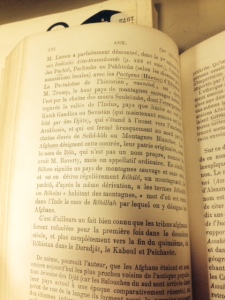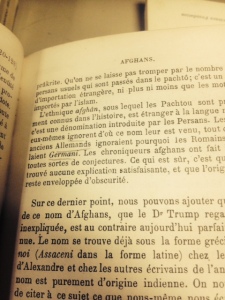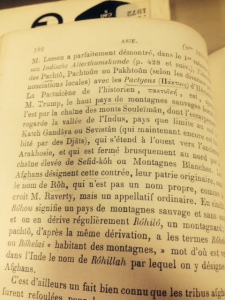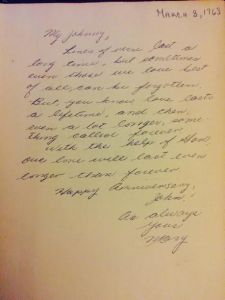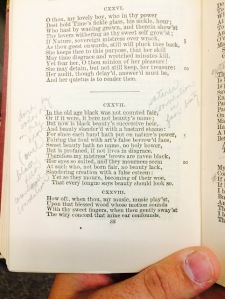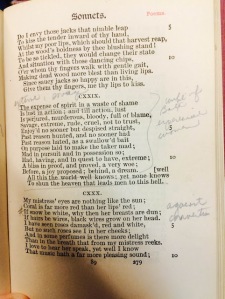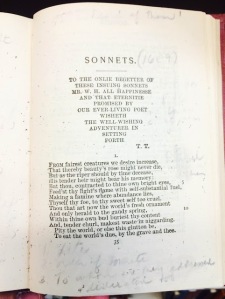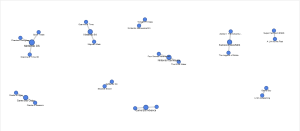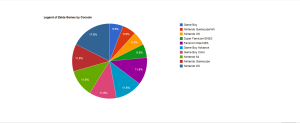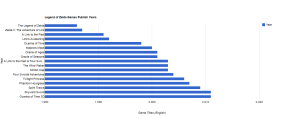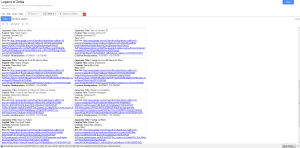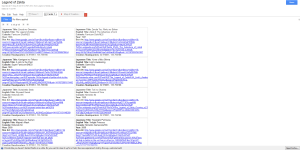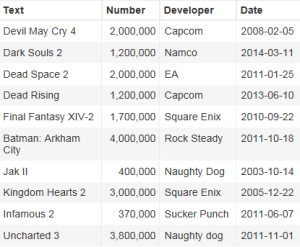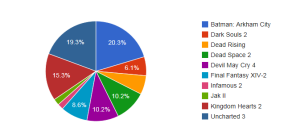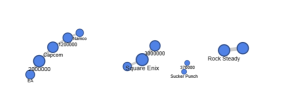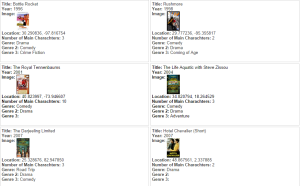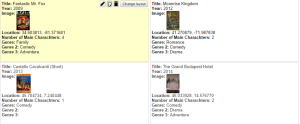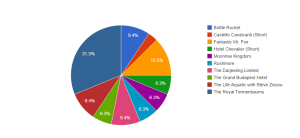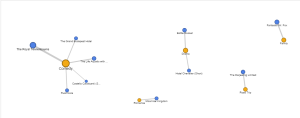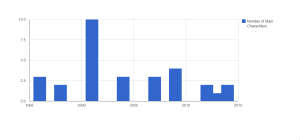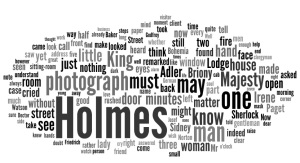The first 3 terms I decided to look up were “Frankenstein”, “Dracula”, and “Werewolf”. I chose these 3 fictional characters because they were very popular among fictional stories and folklore between the time periods of 1800 and 2000. More so during the 1800’s though, when superstitions were high among villagers and there was still a lot of unexplored territories and the fear of the forest. I also picked these three terms to look up because I am a fan of old and new horror movies. The three different characters are some of the more notable in the horror genre. However, it’s odd to see that “Frankenstein” and “Dracula” increase in popularity in the 1970’s then peak around the late 1990’s and “Werewolf” remain low in the rankings through the years.
The next three terms I decided to look up were “Ford”, “Cadillac”, and “Dodge”. I chose these three because they are very different from the previous graph I looked at. I also chose these three because practically everybody drives nowadays and I wanted to compare how popular 3 of the oldest car companies were. Obviously Ford is the most popular and mentioned the most because it is the oldest company. However, Cadillac and Dodge are very popular today and with Cadillac being a luxury car I was surprised not to see it higher up on the graph, not the lowest out of all 3 of them. It was odd to see the drop in Ford’s popularity though during the 1950’s. I suppose it had something to do with newer manufacturers coming into the marketplace and consumers wanting more variety. It is also weird to see that they reached their peak in the mid to late 1970’s then decline after that until the year 2000.

